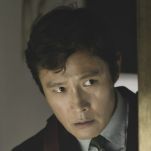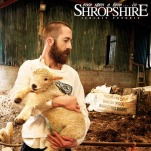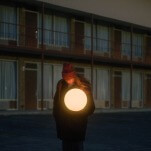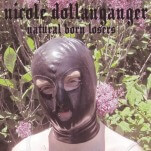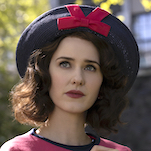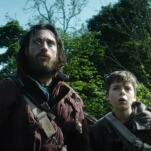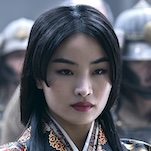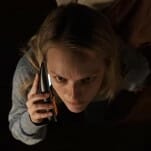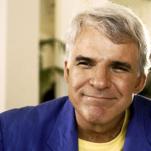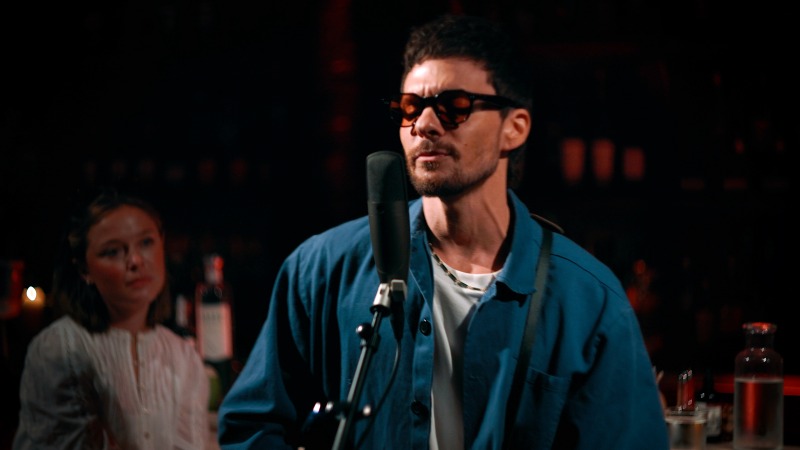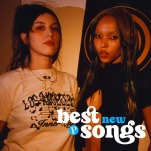“Old Man Yaoi” Signals a New Age of Queer Representation on Television
(Photo: Apple TV+)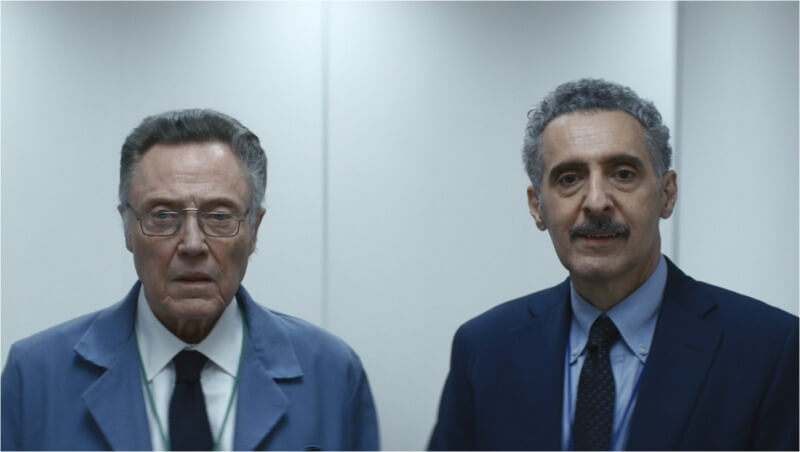
While queer representation in media has been growing over the last decade, there is still a section of the community whose presence is lacking onscreen: older queer men. In recent years, however, a distinct new trope has emerged—fondly termed “Old Man Yaoi” by online fandoms—to highlight and celebrate romances involving older queer male characters. The term typically describes stories, fanworks, or “ships” where there are romantic or sexual relationships involving older male characters, and although its etymology is rooted in the Japanese genre “yaoi,” known for explicit male-male romance, the recent Western adaptation of the term extends its reach far beyond anime or manga, encompassing a broader spectrum of media. Though the term was first used to spotlight fanfiction and fanart depicting characters from House, M.D. to Squid Game in romantic or sexual relationships, it has quickly transformed as a means to champion canonical relationships that focus on older queer men on television. The growing phenomenon not only addresses longstanding representational gaps, it also challenges frameworks of what queer experiences are allowed to be represented on screen.
In Apple TV+’s Severance, the relationship between Irving Baliff (John Turturro), a character who diligently observes the company’s cryptic rules, and Burt Gooman (Christopher Walken), the equally enigmatic head of Optics and Design, forms the emotional core of the first season. Their workplace romance, experienced primarily through their “Innie” identities, unfolds through moments of longing gazes and intimate forehead touches, carefully constrained by their environment’s boundaries. At the end of Season 1, as the Outies begin to rebel against the limitations of their positions, we watch as Irving drives to Burt’s house in an attempt to connect with this version of the man he loves. In a tragic twist, we, along with Irving, learn that Burt is already living with a male partner, with no room for Irving in his picturesque life outside of Lumon.
The age of both of these characters makes their story all the more their story all the more devastating going into Season 2. In their workplace, where their minds have been warped and controlled, the two men found a sense of liberation by engaging in a romantic relationship with each other. Yet outside, their paths never crossed, and the two men were never given a chance to find this singular kind of love with each other. By focusing Season 1’s most tender moments on Irving and Burt, Severance allows viewers to watch as two older men stumble over the beginnings of a quiet flirtation, only to quickly become wrapped in a genuine romance. By avoiding the desexualization that queer elders are usually subjugated to in the world of television, the series allows viewers to empathetically engage with the complexity of queerness and aging.
In an entirely separate genre, Hulu sitcom Mid-Century Modern also focuses on older gay men seeking a second chance at both life and romance. The show follows a trio of older gay men—Bunny (Nathan Lane), Jerry (Matt Bomer), and Arthur (Nathan Lee Graham)—who, after the loss of a close friend, move to Palm Springs with each other. Older gay characters in media are fairly uncommon, so it’s even rarer for a series to feature three of them in the same series. Viewers are given a fairly unique chance to explore the lives of three very different older queer characters, and watch as their livers intersect, inform, and occasionally clash with one another’s
Unlike many portrayals of older queer characters that tend to reduce them to lonely and/or sexless caricatures, Mid-Century Modern doesn’t pigeonhole these men into this harmful archetype. Instead, the series asks audiences to challenge their perception of what queerness looks like when it’s allowed to grow, turning the spotlight on older men who go out, make mistakes, and stumble over relationships in the same ways that their younger television counterparts do. While the series’ first season ends with none of its main trio finding ultimate success in their romantic lives, Bunny, Jerry, and Arthur find an equally important love in their bond with each other. A whip-smart and wholesome look at the lives older gay men lead, Mid-Century Modern allows viewers to see how loneliness can be repaired by community, and what this community looks like between men who have spent their entire lives together.
-

-

-

-

-

-

-

-

-

-

-

-

-

-

-

-

-

-

-

-

-

-

-

-

-

-

-

-

-

-

-

-

-

-

-

-

-

-

-

-


